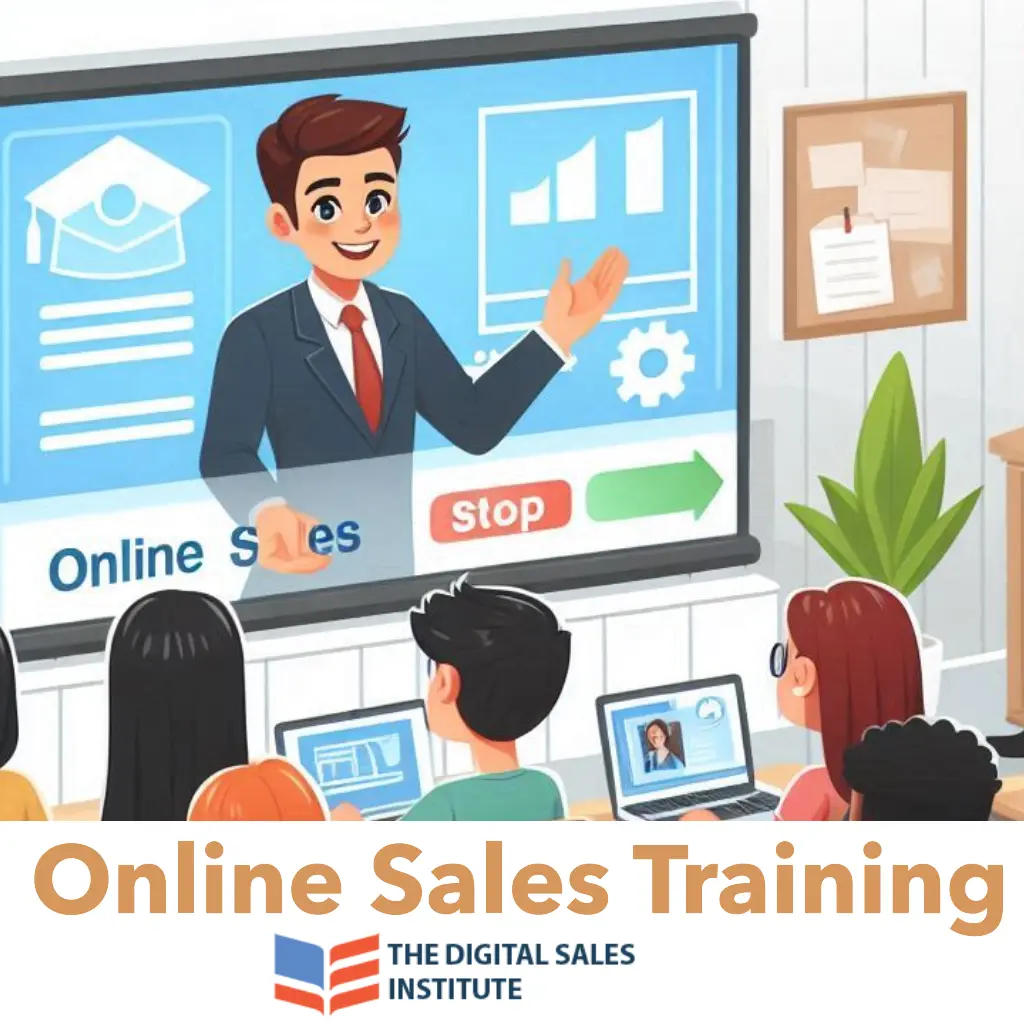A sales call guide with tips on how to maximize every sales call to its full potential and leave with the result you planned for. The sales call via telephone, remote video, or face-to-face is still the most important business activity for any salesperson. Today, however, the approach must be different—same sales activity as old, but it now needs a different approach. What is needed is a mindset shift from a call-and-chase mentality to a connection mentality. The shift moves from pushing the customer to compelling the customer. The shift moves from shouting our sales messages to conversations about desires and needs.
What is a sales call?
According to Salesforce research, 92% of customer interaction occurs by phone, but as many as 85% of customers say they are unhappy with their phone experience. The sales call is an outbound sales method that involves actively reaching out to prospective buyers to generate new or repeat business. It includes everything from prospecting early on in the process to the sales process later on.
So, at its most basic level, a sales call is a conversation between the salesperson and the customer or prospect about the potential purchase of a product or service. The sales call can be conducted on the phone, via video, or in person. It involves planning the content, goals, value propositions, agendas, commitments, potential objections, demos, negotiations, and all the next steps in the sales process. Ideally, every sales call works to move the customer from a starting point to making a purchase.

Research shows that 44 percent of salespeople give up after one follow-up. The average salesperson only makes two to three attempts to reach a prospect.
How Do You Prepare for a Sales Call?
Much of the preparation, including research, insights, data, etc., will happen days or even weeks before the sales call is scheduled. Remember, distractions are easy to come by; therefore, it is crucial to implement structure within your planning. At the start of each week, map out your goals and set an agenda for each day for which sales calls to make. At the end of the week, compare your ‘planned to actual’ results. Use this as a way to evaluate your calls completed, results, productivity, and as a means to devise how you can improve upon these results in the coming week. Discipline and organization are fundamental characteristics of successful sales professionals.
The more prepared you are for sales calls, the more efficient the call will be. Research by TOPO found salespeople who kept cold calls under 10 minutes produced the highest number of SQL leads. B2B buyers appreciate it when you are able to cut through the noise and get to the point.
- Research: Gather information about the client and their business.
- Objectives: Define what you want to achieve with the call.
- Value Proposition: Tailor your pitch to address the client’s specific needs and how your offering can benefit them.
- Call Agenda: Outline the structure of the call to ensure all key points are covered.
- Materials: Have any necessary documents, data, or demos ready.
- Practice: Rehearse your pitch to build confidence and fluency.
- Technical Check: Ensure your phone or video conferencing system is working properly.
Set sales call expectations before the actual call.
Before you make the call or go into a sales meeting, determine the customers’ needs, existing situation and pain points. This avoids any surprises during the call itself, as you can establish alignment with product solutions and set expectations for future negotiations. This is also an opportunity to tactfully ask who else needs to be involved in the decision-making process before the purchase can be finalized. If warranted, send an advance copy of the agenda, etc., so the decision-makers can review it before the call. This agenda should align with expectations set at the end of the previous discovery call and be as straightforward as possible. Share your sales call agenda early so they can also prepare.
Prepare sales assets.
Prepare a compelling story with social proof. Use supporting evidence to reinforce your points. Also, to ensure you’re delivering what the prospect needs, consider presenting a video or interactive demo during the sales call. Keep it to no more than 10 minutes. Ensure you highlight the specific benefits or value that will meet their needs.
Personalize and tailor your sales call.
In a recent Salesforce study, they found that salespeople often struggle to fully understand their prospects’ needs, in part because they don’t conduct adequate research or hold discovery calls. The result of this is a lack of personalization, leading to generic sales conversations that do not frame the product as a solution to their unique challenges. To avoid this, make sure you know each customer’s needs and personalize your story, approach, and content. Then create a slide deck or presentation specifically addressing those needs. It is important to also take into account their communication and engagement preferences.
Sales is not about selling, but about building trust and educating.

Plan for objections.
Always plan for and expect objections in any sales call; no matter how well you have prepared, objections will arise (if not openly, then internally). To prepare for this inevitability, in your sales training, master the five or six most common objections you encounter. This is a skill, and being able to smooth over objections puts the customer at ease, as you will come across as professional and unflappable. Never react defensively when a customer throws out an objection!
Reiterate pain points.
During the sales call, plan out when you will reiterate (and get agreement) on your customers pain points. This accomplishes a number of things. It shows that you listened and are putting their needs front and center, it avoids obstacles in the sales process as you advance the sale, it clarifies reasons to keep going to all members of the buying group and it sets the stage for presenting your product solution.
Benefits and Product Value.
Remember, we buy to extract value. We buy solutions, benefits, and a future state that causes us to change from what we do today to a brighter outcome. As you work your way through your sales process, get commitments on the value and outcome the customer is seeking. Can they visualize it? Imagine it?. Ask yourself, How are you making your prospect’s life easier or better than it is today? Be specific and, if possible, show proof.
Here is what a typical sales agenda might look like:
- Welcome. Greet and review their current situation.
- Agenda: Outline the meeting’s running order.
- Review needs. Confirm and agree the pain points.
- Product overview. Introduce product features and functions
- Product solutions. Explain how your product addresses pain points
- Demo: Showcase the product and highlight the benefits and value extraction.
- Questions. Offer additional information and address objections.
- Next steps. Firm commitment with timelines for next steps.
Highlight your points of differentiation.
All products or solutions have POP (points of parity); what invokes change is POD (points of differentiation). Always note that while you are making a compelling case for your solution, competing offerings frequently offer similar solutions. To avoid being discounted as a me-too offering, always highlight your POD. Know your competitors in advance (including the customer’s option of doing nothing) and clearly articulate the key differentiators you bring. Stand out from the crowd and elevate your product above others.
Plan Your Use Of Language.
Positive stories, well delivered, can set you apart. Your choice of words matters and how you convey them is just as important. The use of positive, empathetic, value-based language is critical to earning any customers or prospects’ trust and buy-in. For example, use words like “we,” “imagine,” “value,” “investment” “proof,” “understand,” “benefits,” “outcome,” “support,” “supportive,” “undertake,” “differentiation,” “thank you,” etc
Active Listening.
To practice active listening, you have to give the customer your full attention. Eliminate distractions, maintain good eye contact, and tune into their choice of words, tone of voice, and nonverbal cues. Being fully present demonstrates that you value their time, feelings and point of view. The goal during a sales call is to provide value and solutions for them while acknowledging their points or concerns. This requires you to do more listening than talking; a 60/40 listen-talk ratio is often favored by sales experts. Focus on being genuinely interested. If you are going to talk, use the time to ask thoughtful questions.
People Remember Stories.
People remember stories better than facts alone. A good “original” story works to grab the customer’s attention. Customers often reach decisions based on an intuitive, emotional response and back up that decision with logic. While facts play a significant role in your sales process, emotion is crucial to buying decisions. Appealing to their emotions is particularly crucial if you are selling a complex product or when they are receiving competitive proposals from various companies. Remember your POD and weave them into a compelling story.
Always get customer commitments.
Depending on the sales call and where in your sales process you are, you must always gain yes commitments to keep the sale moving forward. Commitments that clearly outline what will happen after the call. This includes action items for you, the prospect, and any other decision-makers or stakeholders, as well as clear deadlines for each action item. Ask for agreement on this schedule, and then follow up with an email summarizing your call. With a clearly outlined task list, closing a deal becomes simply a matter of keeping the prospect on schedule.
Sales Call Objectives Template
Initial Sales Call Objectives
- Develop personal rapport with the customer
- Gather information about customer needs and objectives
- Create favorable impression of me as a salesperson
- Communicate positive impression of my company
- Determine who are the key decision-makers
- Assess sales potential
- Assess the buyer’s attitude towards my company
- Lay groundwork for follow-up contact
Follow-up Sales Call Objectives
- Offer a specific product or service
- Make sure all questions have been answered
- Obtain go-ahead for product or service
- Get to know key decision makers
- Learn staff needs and product usage
- Reinforce my company’s ability to serve their needs
Regular Sales Call Objectives
- Identify opportunities for new business
- Renew relationship and rapport with the customer
- Follow-up on previous meeting’s unfinished business
- Introduce new product ideas
- Demonstrate excellent service by providing solutions to client problems
- Get an order or evaluation of new business




